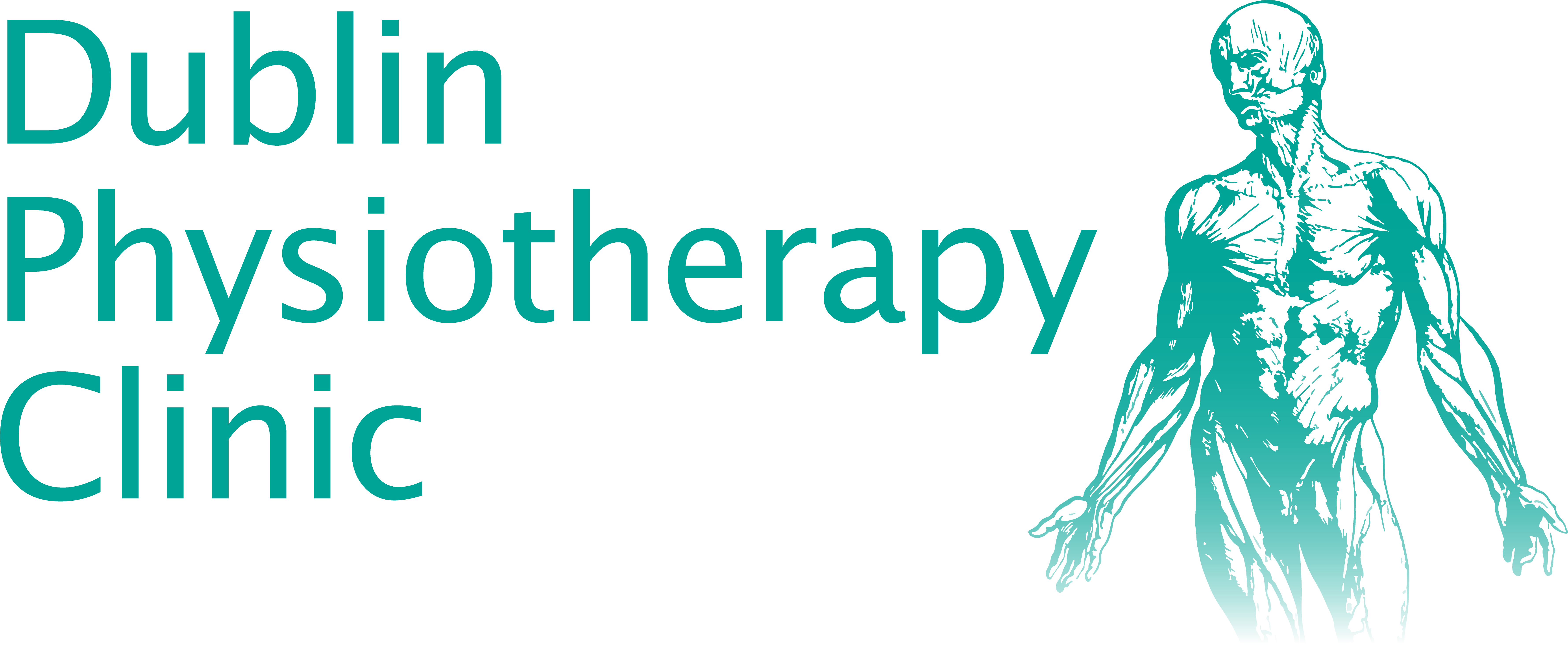A question that, as David Fitzgerald says, clinicians get asked very frequently: is there a cure for sciatica?
In his latest vlog as part of the many videos about low back pain, the physiotherapist gives a long-awaited answer to this question, explaining the different types of sciatica.
The answer to this question is: it depends on the severity of the problem. 10% of the sciatic population, in fact, suffers from severe forms which needs surgical nerve decompression, mainly because there is no other option but to remove the pressure from the nerve which could otherwise be left permanently damaged. These patients are usually very disabled with the level of continuous pain they have and they aren’t able to function nor tolerate weight bearing and often have power loss. Usually the MRI scan would be consistent with the symptoms they report, and, at that level of severity, clinicians know that the only correct intervention would be surgical.
What other forms of sciatica are there?
As to the remaining 90%, it’s important to consider that some patients might have suffered some minor irritation or pressure on the nerve due to some unusual movements or to keeping the same position for too long. This is something much less severe than the previous example and the irritation usually resolves itself after a few days, once the inflammatory reaction settles down. This group would have the so-called “intermittent sciatica” and clinician usually need to understand why the nerve is being challenged by certain positions or activities. One of the main questions to answer is “does the patient have sufficient flexibility?”, which is usually a common cause.
That could be the cause of irritation, however it’s important not to mix such issues with more common disc bulges. About 50% of the population, in fact, seem to have some evidence of bulging of a disc on an MRI scan after the age of 40. This issue is very prevalent, and it comes down to the disc bulging enough to put pressure on the nerve, potentially compromising its correct functioning.
The most difficult patient group is this one, mainly because, being an irritation caused by a one-off activity or movement, most of the patients suffering from these pressed nerves that are not sufficiently damaged to be treated surgically but require immediate expert attention in order to fix the problem.
What to do when suffering from intermittent sciatica
The first thing suggested to patients who suffer from intermittent sciatica is to start exercising and make sure that they’re as fit as possible; it’s also ideal for them to find ergonomically correct solutions if their sciatica seems to be caused by such problems as being in a car for too long or sitting in a bad position at the desk.
In these cases, procedures that settle inflammation give people a long window of recovery, we’re talking specifically about such invasive procedures like epidural injections (an anti-inflammatory steroid injected in the spine) or a nerve block (a more specific version of the epidural, which consists in a steroid injected around the inflamed nerve).
Another group of patients includes people who suffered from severe sciatica in the past and, despite being successfully treated at the time, this has come back again, without the associated back pain. That’s usually because, although these patients don’t seem to suffer from sore joints, their body has undergone a series of degenerative changes in the joints slowly over time. In these patients, the disc that usually bulges becomes quite hard and bony, putting more pressure on the nerve. Despite the absence of back pain, it’s still an issue that should be professionally treated.
So, it really depends on where you are on the scale, as to the 10% of the population that’s something that needs to be resolved surgically as physiotherapy would not be effective. As to the remaining 90%, however, usually there are combinations of physiotherapy, involving manipulation, stretching, and postural correction, that should significantly improve symptoms over a short course of treatments.





